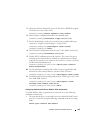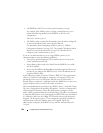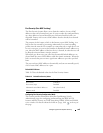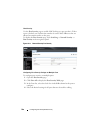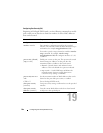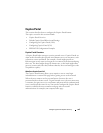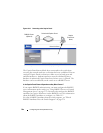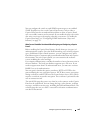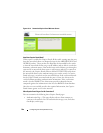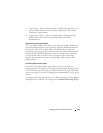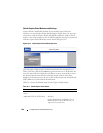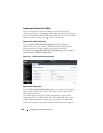
Configuring Port and System Security 543
Captive Portal
This section describes how to configure the Captive Portal feature.
The topics covered in this section include:
• Captive Portal Overview
• Default Captive Portal Behavior and Settings
• Configuring the Captive Portal (Web)
• Configuring Captive Portal (CLI)
• IEEE 802.1X Configuration Examples
Captive Portal Overview
A Captive Portal helps manage or restrict network access. Captive Portals are
often used in locations that provide wired Internet access to customers, such
as business centers and hotels. For example, a hotel might provide an
Ethernet port in each room so that guests can connect to the Internet during
their stay. The hotel might charge for Internet use, or the hotel might allow
guests to connect only after they indicate that they have read and agree to the
acceptable use policy.
What Does Captive Portal Do?
The Captive Portal feature allows you to require a user to enter login
information on a custom Web page before gaining access to the network.
When the user connects to the port and opens a browser, the user is
presented with a welcome screen. To gain network access, the user must enter
a username (for guest access) or a username and password (for authenticated
access) and accept the terms of use. You can also configure the Captive Portal
feature to redirect the user to another web page after successful
authentication, for example your company home page.



